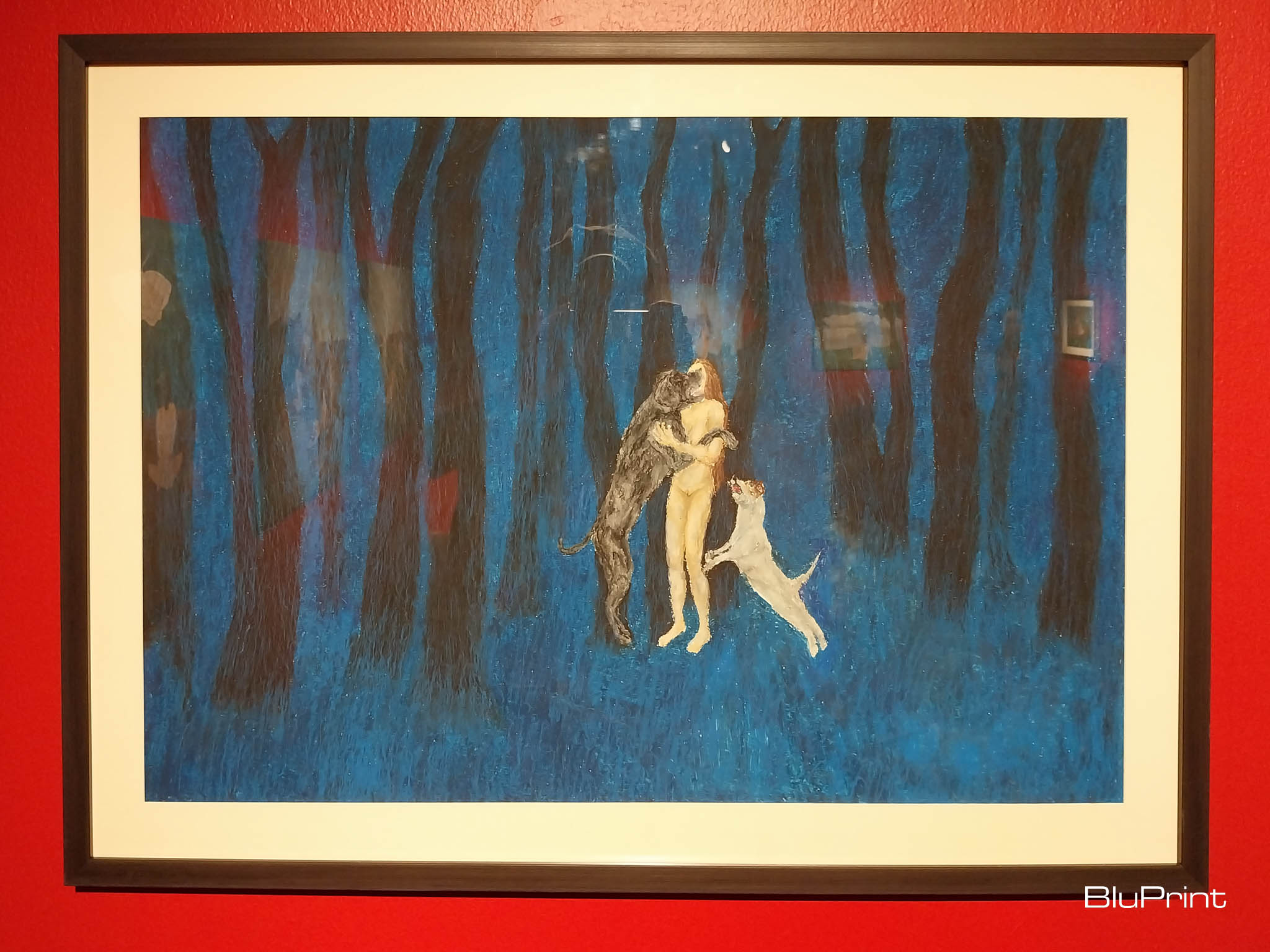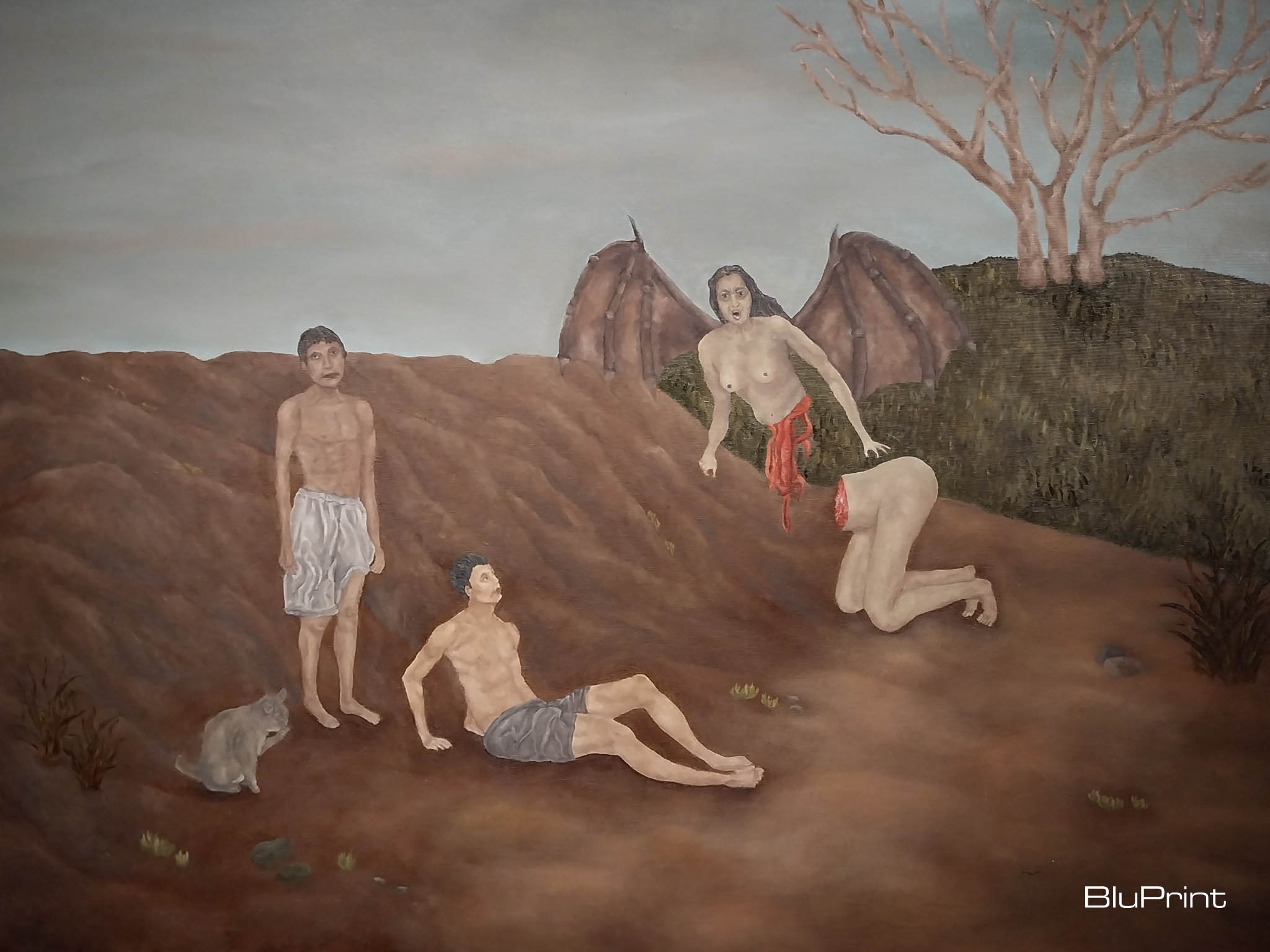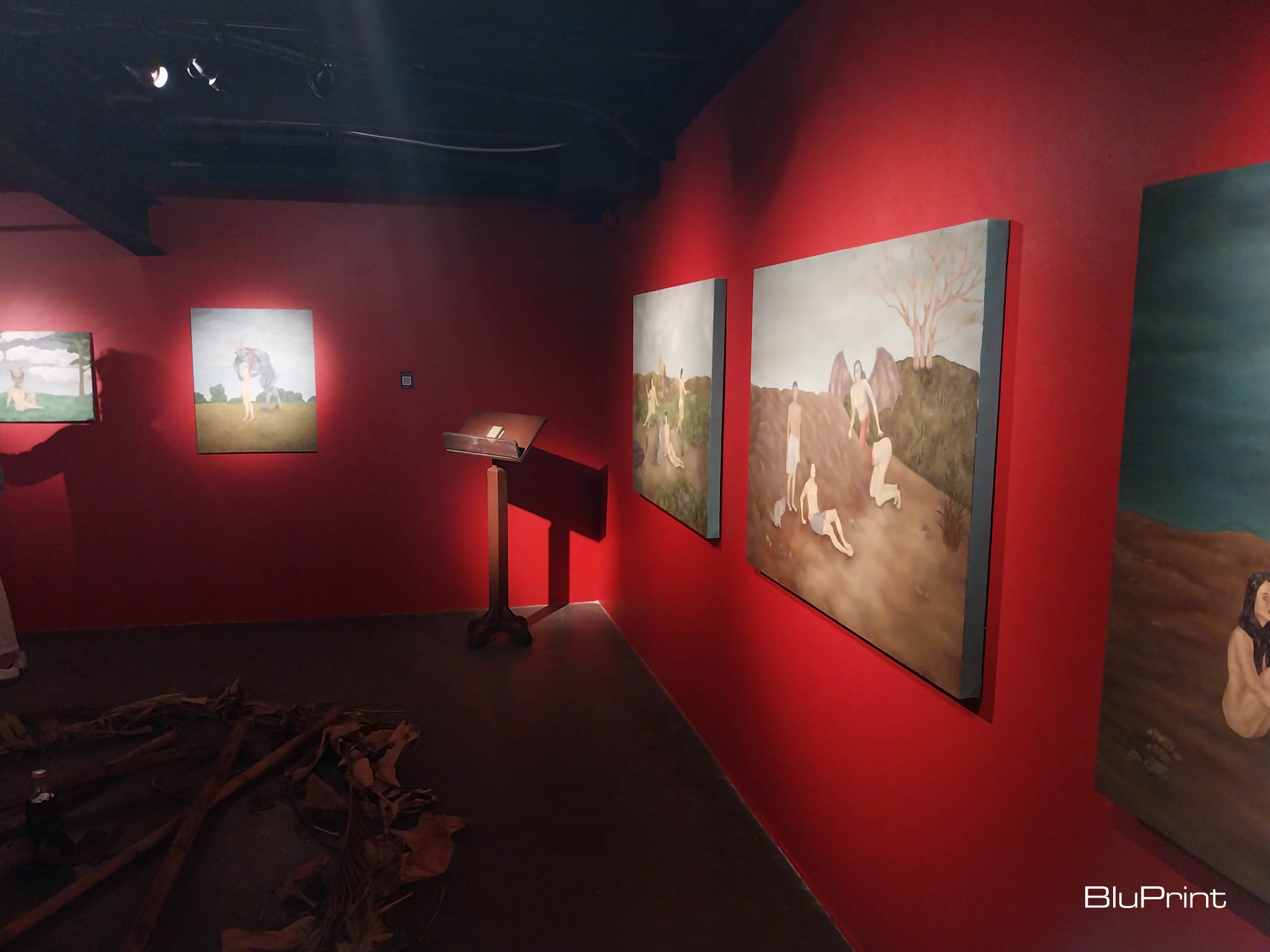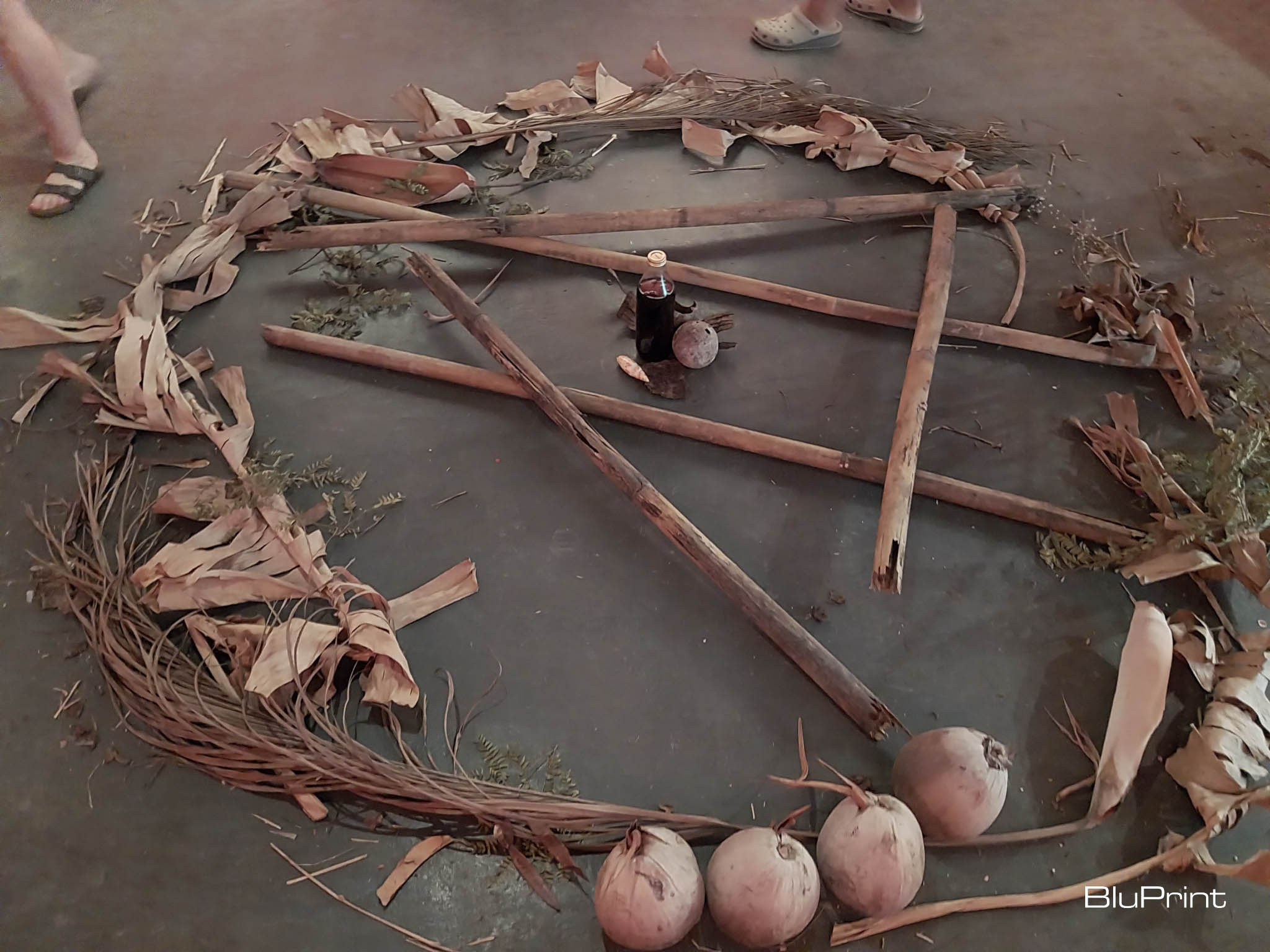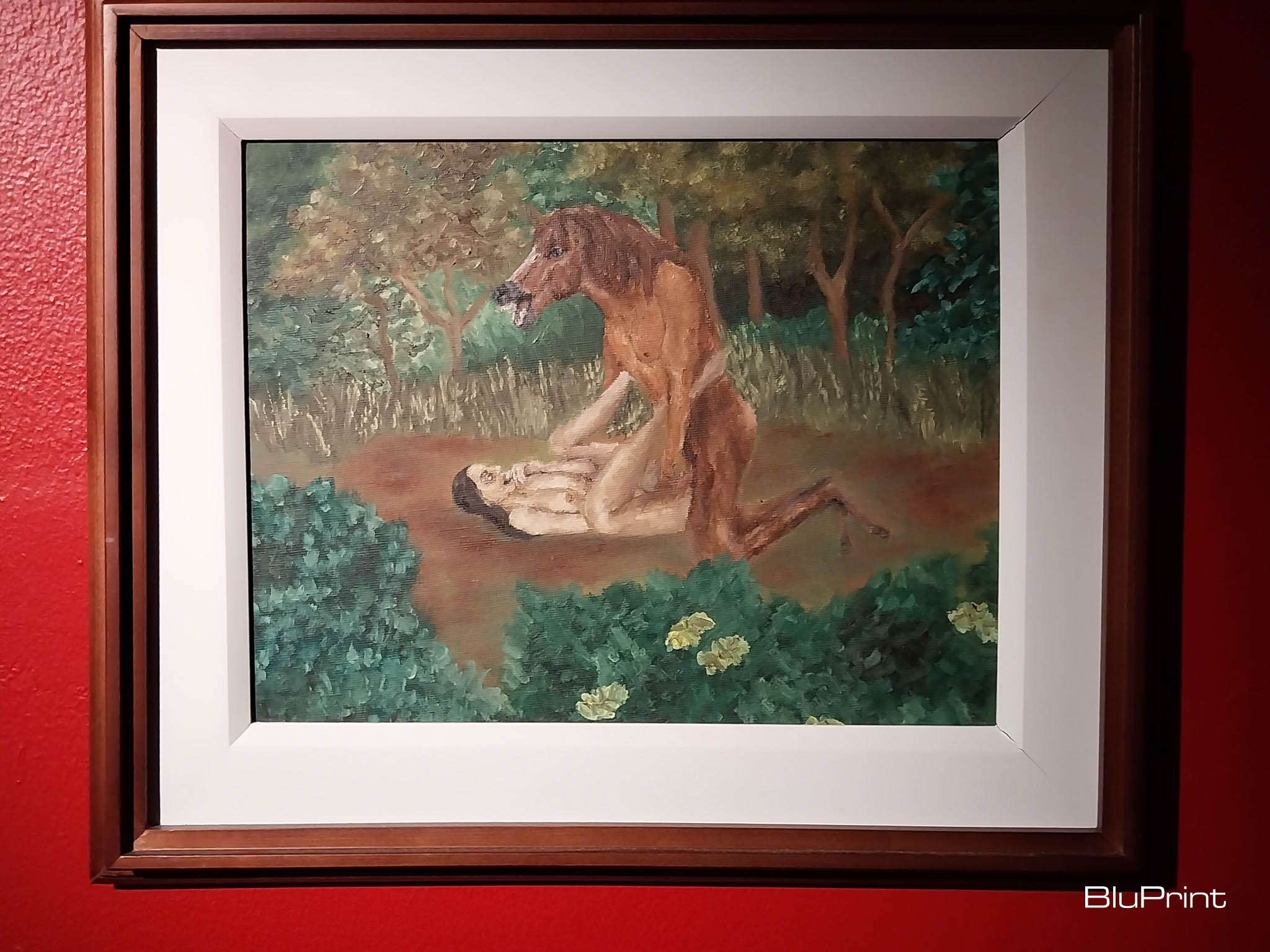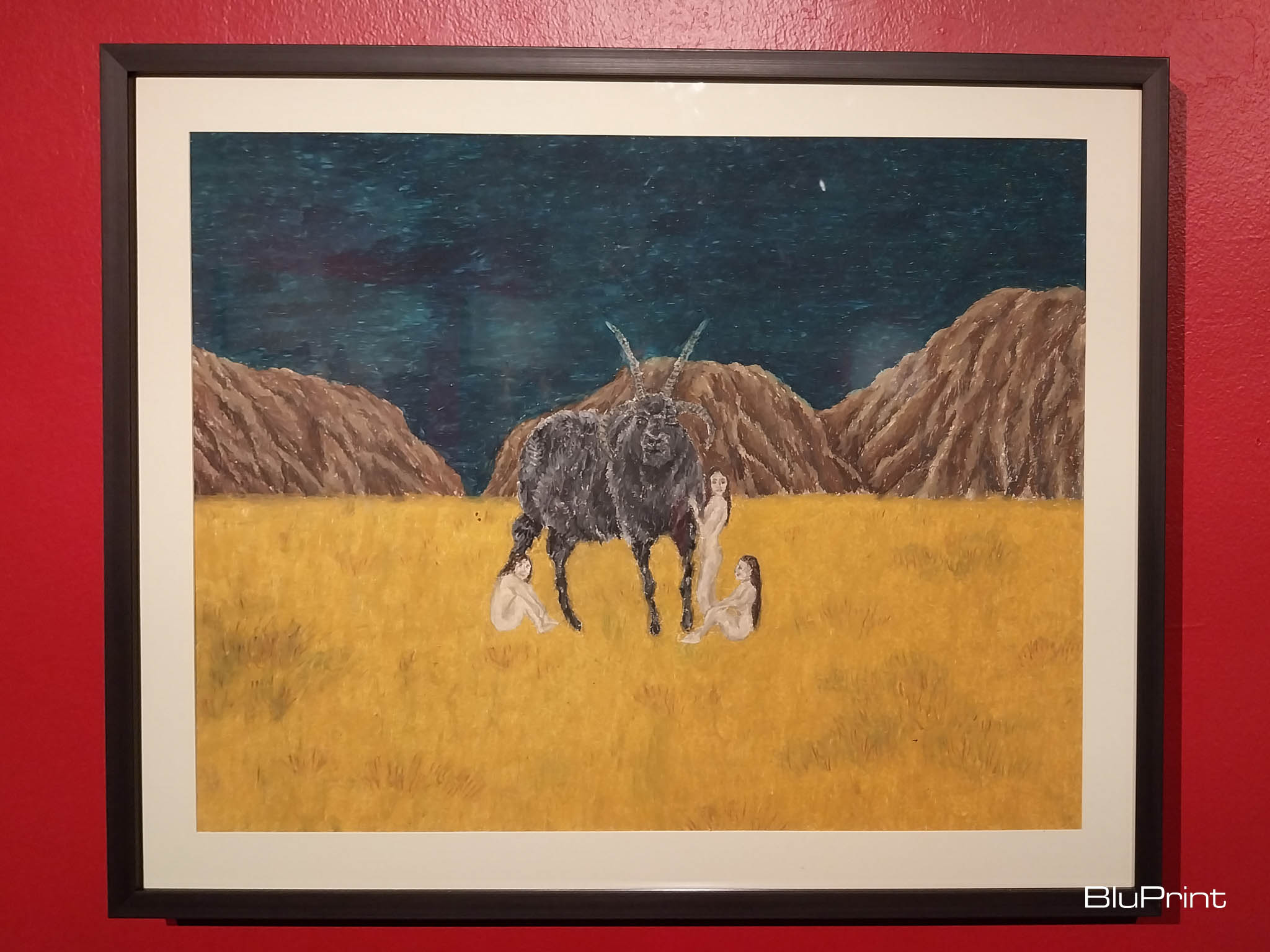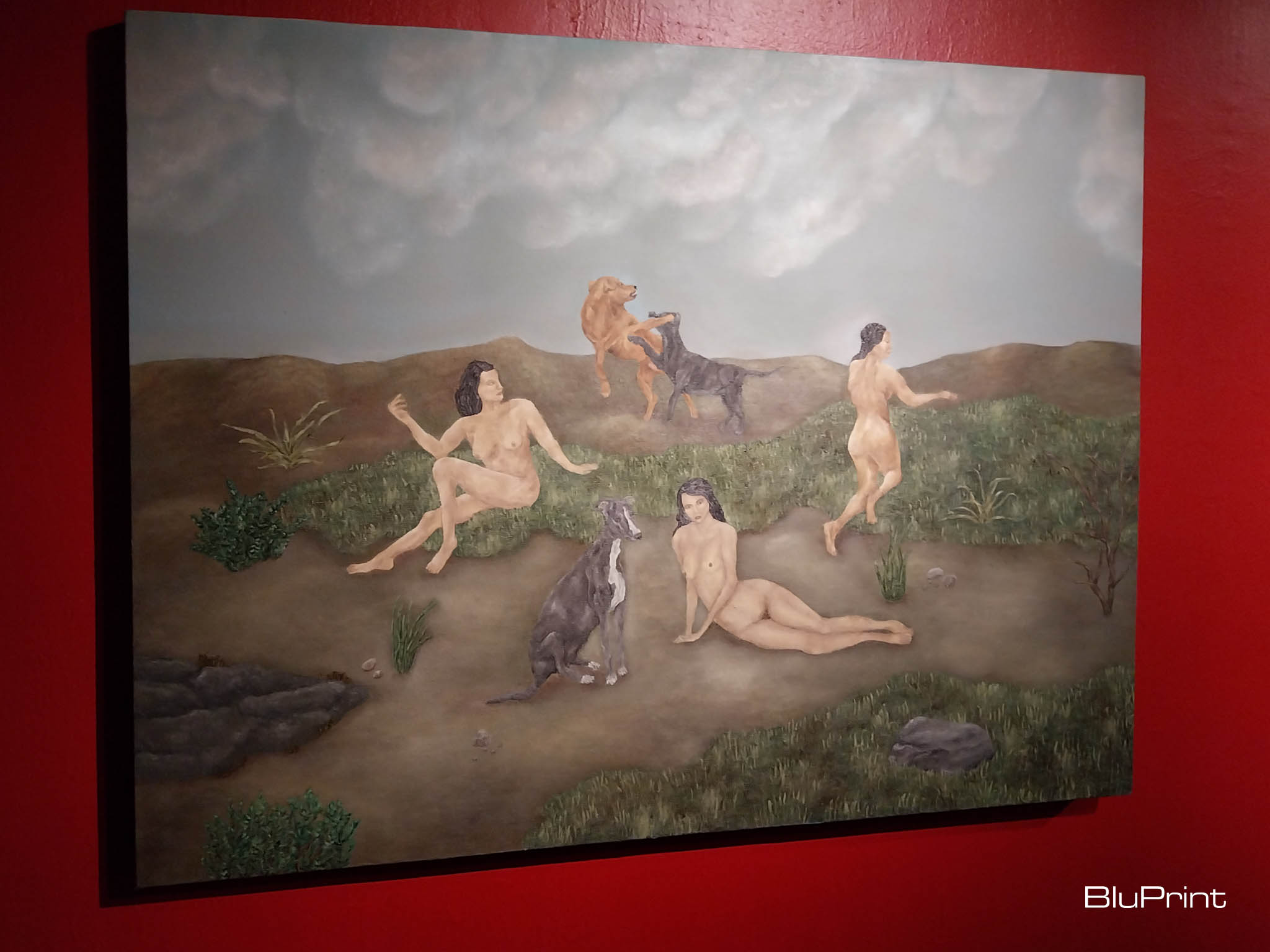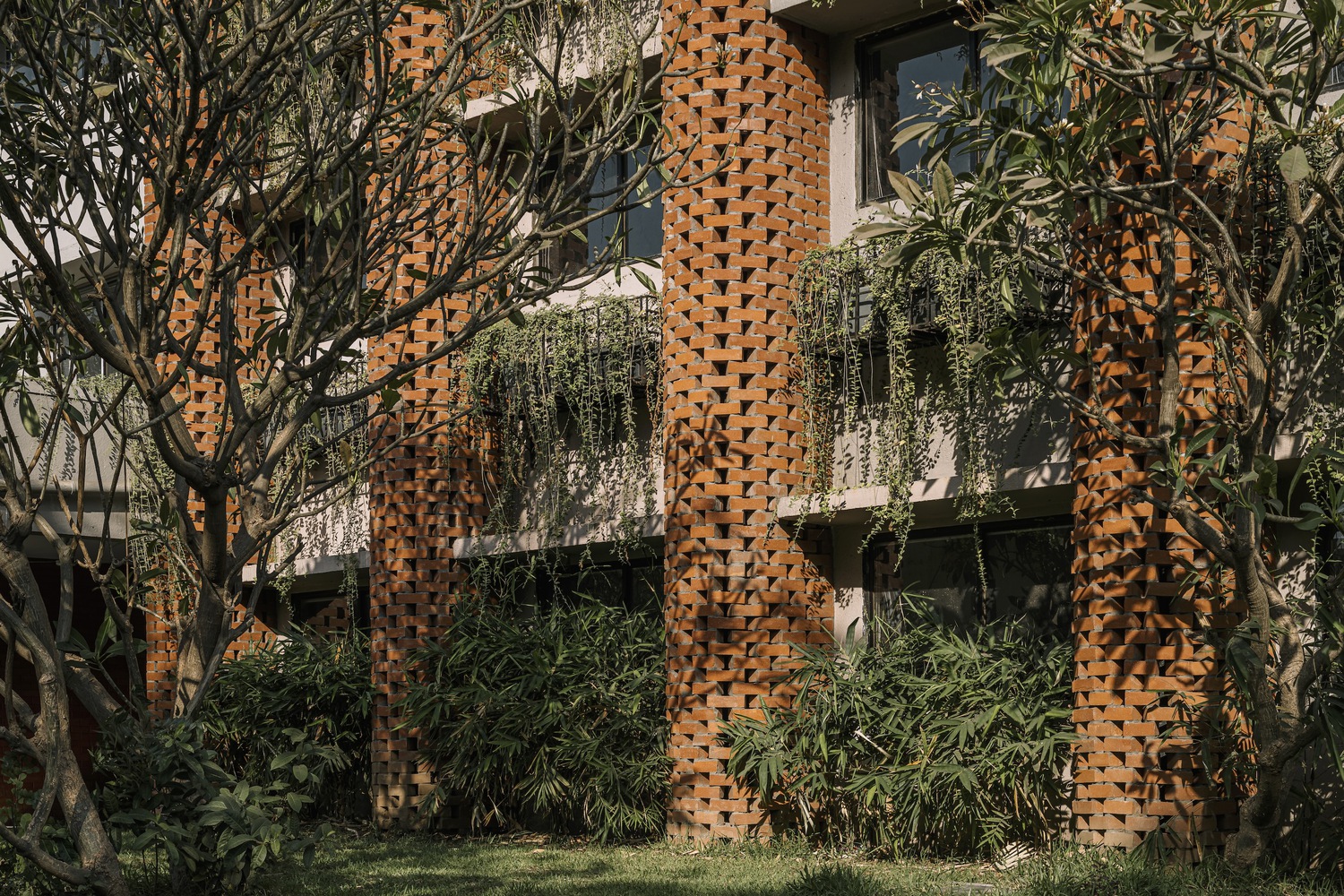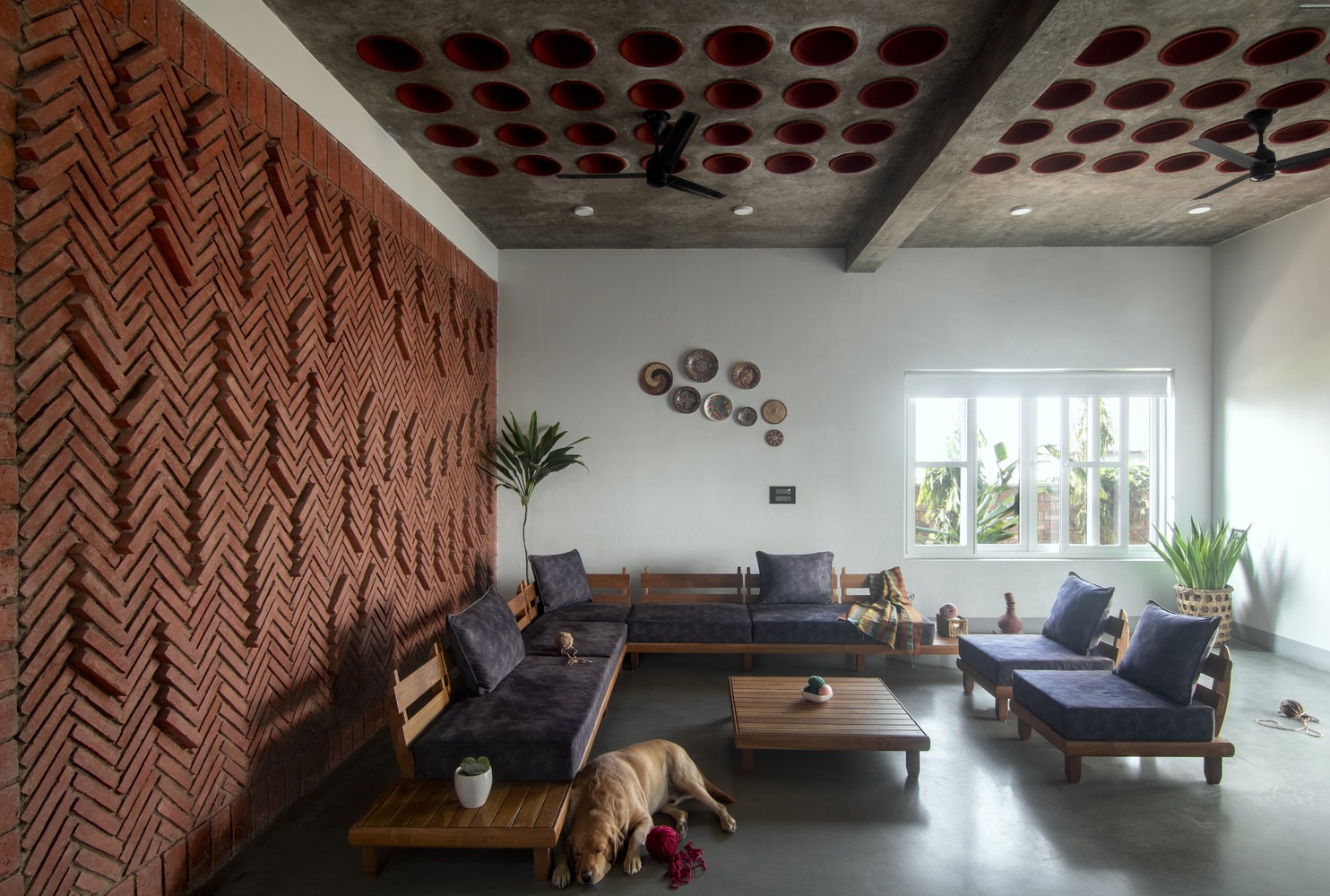In the realm of architectural innovation, a new horizon emerges as Buensalido + Architects transforms into Barchan + Architecture. Embracing the name ‘Barchan,’ inspired by the graceful crescent-shaped dunes found in deserts, the firm signals a profound shift towards designs deeply rooted in their surroundings. Harmonizing with Context Since its inception in 2006 under the […]
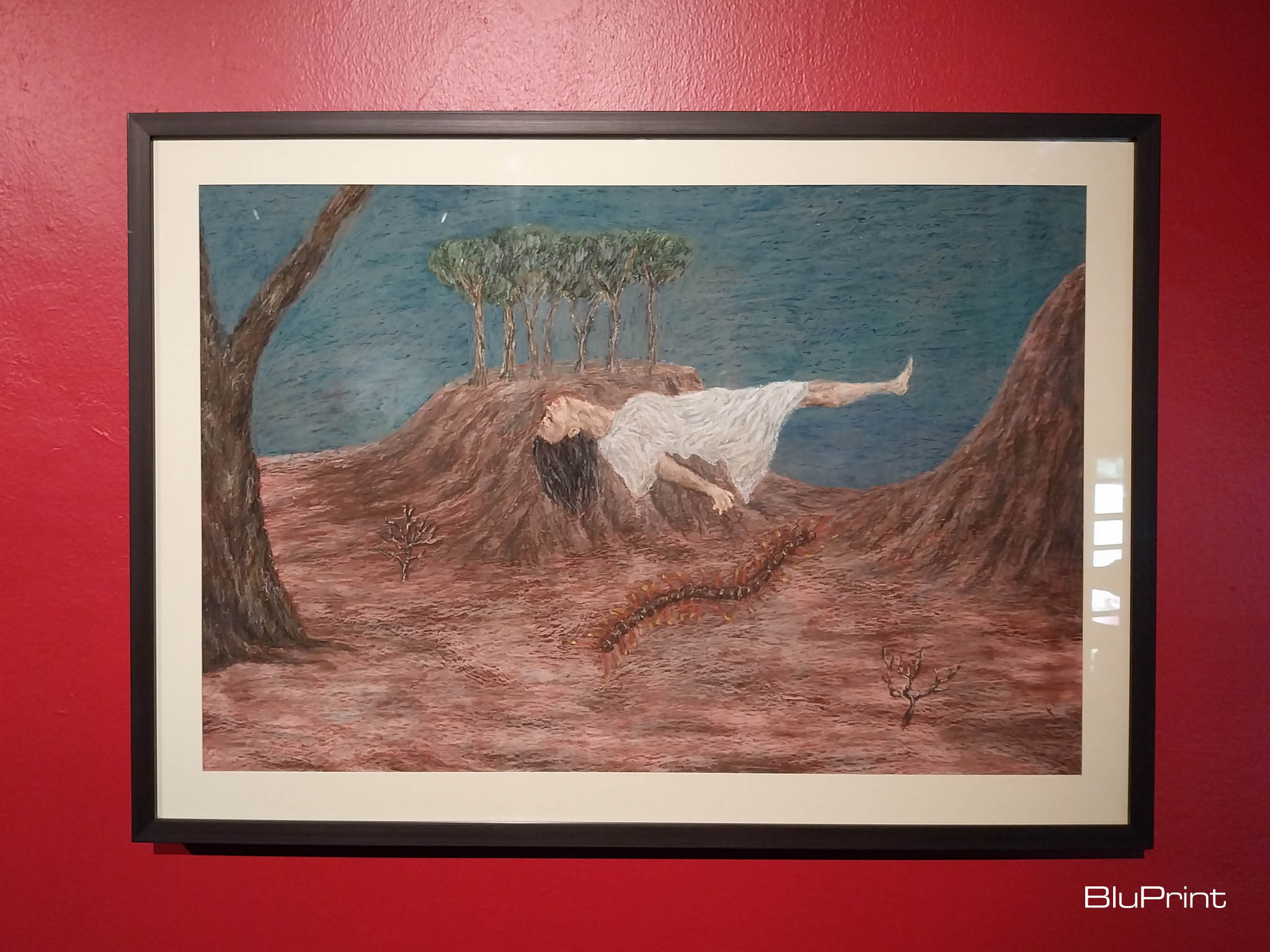
‘Speak of the Devil’: Redefining Provincial Myths and Ideas
Speak of the Devil is an exhibit by local artist Victoria Keet. It utilizes folklore and Satanic imagery to depict the darkness of rural life that hides beneath its sunny surface. The exhibit is currently being shown by Modeka Art in Makati from March 9 to April 3.
Keet is a local painter who’s been showcased around the world, from local artist-run spaces to overseas exhibitions in the United States and Australia. Her work deals with the depiction of the body in the media, exploring different types of sexual imagery alongside.
Her works in this exhibit use iconic pagan imagery to talk of the hidden pasts that lurk in provincial life. It doesn’t necessarily come off as sinister, but more otherworldly. The paintings are akin to seeing an unknown dimension where modernity has separated itself from us. It digs into our primal fear of the supernatural and presents it as an ordinary part of daily provincial life.
Speak of the Devil
Its backstory creates a wild narrative that delves into the secrets of provincial life. While looking through her late mother’s recipes, the protagonist finds a concoction whose herbs can only be found in her mother’s hometown. When she visits during a holiday, she meets the son of a local baker whom she flirts with.
One day, however, she asks the boy about the concoction. At midnight, during her monthly period, he leads her to the woods and offers the concoction for her to drink.
She drinks it and finds herself in the presence of The Wild Horned God. This god was whom the village used to worship before modernity undercut its power. She and the young boy dance and offer themselves to the deity. However, later on, the protagonist choses to return to modern life, leaving the trappings of provincial life behind.
Setting the Scene
It is a wild story, in a literal and a thematic sense. But it’s one that successfully captures the mood of the exhibit as you enter it blind: the paintings are shown in a dimly-lit room, with the walls colored a stark red.
In the center of the room is a pentagram made from sticks and leaves. The center contains a bottle full of dark liquid surrounded by coconuts. There’s also a large pyramid made with branches reminiscent of the ones found in The Blair Witch Project. At the far end of the room stands a preacher’s podium with a small book on it. A spotlight gives it an ominous vibe.
Monstrous or Unknown?
The paintings by Keet accentuate the mood through her oil on canvas style to depict these pagan acts with simplicity. At times, it feels like the paintings themselves were taken directly from the walls of old pagan temples. Many of them have a snowy, static-y effect that can be described as closer to old CRT televisions than anything else.
Many of the paintings portray nude women in the presence of a goat-like mythological creature. “Wild God” and “Congregation of the Holy Moth,” portrays these women in the midst of worshiping the wild being. Another depicts women surrounded by dogs that appear to stand vigil over them.
Meanwhile, more shocking paintings like “Kantutan sa Gubat” depict a woman having intercourse with a Tikbalang: a half-human, half-horse hybrid. Hybrids and chimeras appear a lot in the exhibit, none more so prominent as in “Burn the Witch!”, which portrays a naked woman with the head of a goat.
Two paintings, “Love Child” and “Birth Control,” portray pregnant women sitting closely to animals while a mountainous backdrop looms behind them. It seems to imply that the animals (a crocodile and a carabao, respectively) act as protectors of the pregnant women. If we’re being extra speculative, with some of the chimeras shown in other paintings, you could infer these animals impregnated them.
Church from a Different State
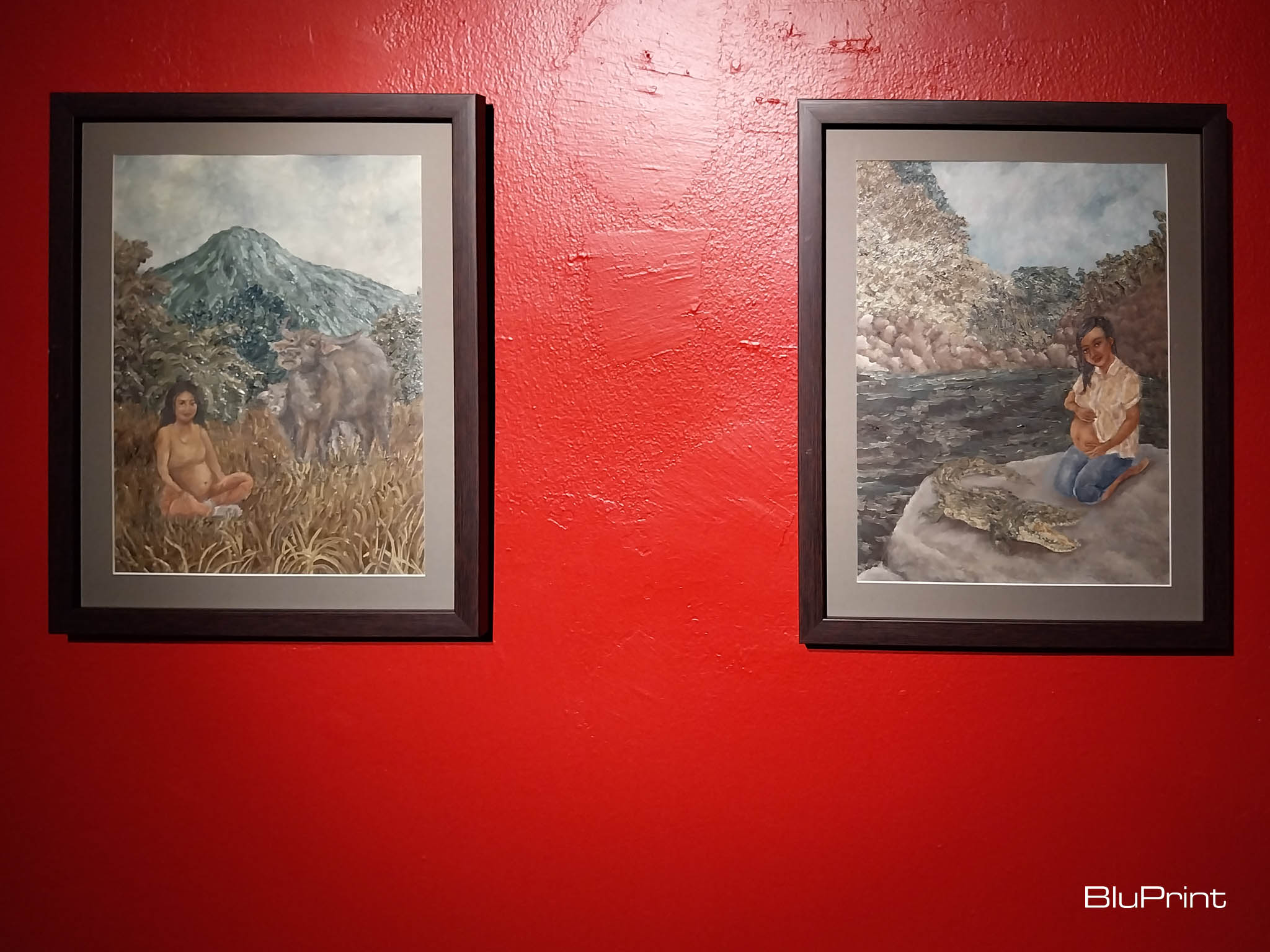
However, the interesting thing about Speak of the Devil is how normal this pagan imagery looks overall. There is no judgment of the strangeness that abounds in these rural traditions in the way they are depicted. Instead, it looks upon these acts as tradition, kinahawigan, what we did in the past as a way to consort with nature.
Looking at these paintings leaves us with a question of why pagan imagery like this is so taboo in the first place. It’s presented in the exhibit as comparable to the Christian paintings in the walls of churches, just one that lays out the traditions and beliefs of pagan people and the morally-neutral value it has overall.
Speak of the Devil goes beyond fearing the unknown and moves towards understanding it. Pagan rituals are just as normal as Christian ones—the difference is the lack of understanding in the former. If we are willing to probe into the unknown, we see that even strange rural practices are rooted in the same ideas of society as the traditions we know.
Related reading: Debosyon: Lymuel Bautista Tackles People’s Devotion through Thought-Provoking Paintings in Latest Exhibition
